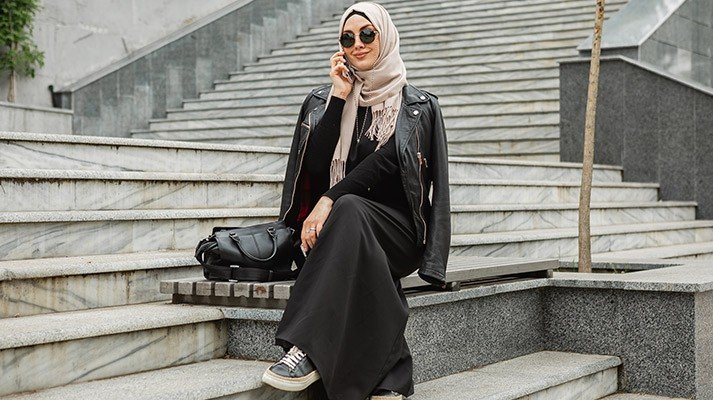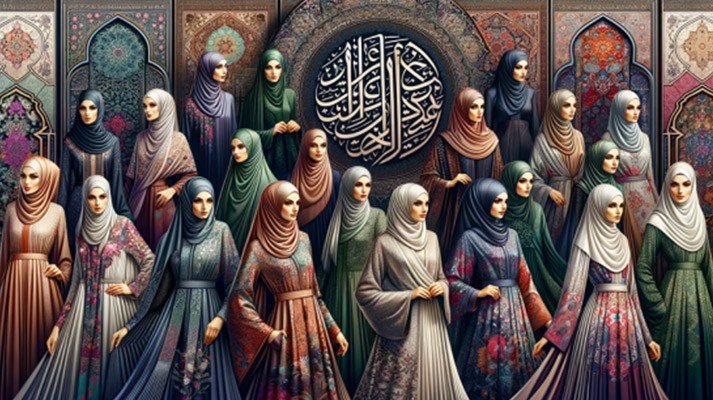No products in the cart.
Embracing Modesty in Islam: A Deep Dive into Muslim Clothing and Style
Modesty in Islam is more than just a principle; it’s a way of life that deeply influences Muslim clothing designers and the fashion choices of Muslims around the world. This article explores the rich tapestry of Muslim culture dress, from traditional garments to modern Muslim style, and highlights how Islamic values shape these choices.
The Essence of Modesty in Islam

Modesty is a core tenet in Islam, reflected in both behavior and attire. modest in islam goes beyond clothing; it encompasses humility and respect. This principle guides Muslims in their daily lives and is a significant influence on their dressing choices.
The Influence of Muslim Clothing Designers
muslim clothing designers are at the forefront of creating stylish yet modest clothing. These designers blend traditional elements with contemporary trends to produce garments that honor Islamic values while appealing to modern tastes. They play a crucial role in the evolution of muslim traditional clothing and Muslim traditional wear.
The Rich Diversity of Muslim Culture Dress
The muslim culture dress is incredibly diverse, reflecting the various cultures within the Muslim world. From the intricately embroidered abayas in the Middle East to the colorful shalwar kameez in South Asia, the variety is immense. Each region has its unique interpretation of islamic traditional dress.
Traditional and Contemporary Muslim Style
muslim style is a harmonious blend of traditional and contemporary elements. Traditional garments such as hijabs, abayas, and thobes remain popular, while modern adaptations and designs cater to a younger, fashion-conscious generation. This blend ensures that muslim dressing style remains relevant and appealing.
Exploring Islam Traditional Clothing

muslim traditional clothing includes a variety of garments designed to meet the requirements of modesty. Common pieces include the hijab, which covers the hair, the abaya, a long flowing robe, and the jilbab, a loose-fitting coat. These garments are not only functional but also hold cultural and religious significance.
The Beauty of Islamic Traditional Dress
islamic traditional dress often features beautiful embroidery, intricate patterns, and high-quality fabrics. These elements not only enhance the aesthetic appeal but also signify the wearer’s cultural heritage. The attention to detail in muslim traditional wear is a testament to the rich history and artistry of Islamic fashion.
Adopting a Modern Muslim Dressing Style
Modern muslim dressing style often involves a mix of traditional and contemporary pieces. Many young Muslims are finding ways to incorporate their faith into their fashion choices, creating a unique style that respects Islamic principles while embracing modern trends.
The Elegance of Muslim Safa Style
The muslim safa style, typically associated with traditional headwear, adds an element of elegance and sophistication to Muslim attire. This style is especially popular in South Asian and Middle Eastern cultures, where the safa or turban is worn during special occasions and ceremonies.
Conclusion
The world of muslim traditional clothing and muslim style is vast and diverse, offering a rich blend of tradition and modernity. Whether it’s through the creations of **Muslim clothing designers** or the daily choices of individuals, modesty in Islam continues to inspire and shape fashion. Embracing islamic traditional dress is not just about following a dress code; it’s about honoring a legacy of modesty, culture, and faith.
Explore More
Discover the latest trends and timeless classics in Muslim fashion. Embrace the elegance of muslim traditional wear and find your unique muslim dressing style today.

